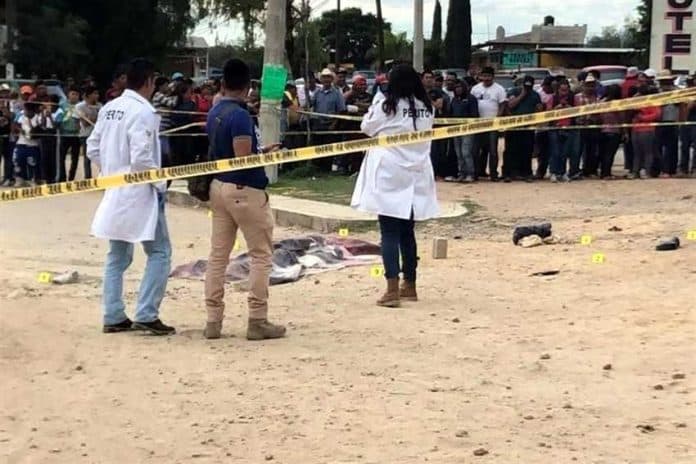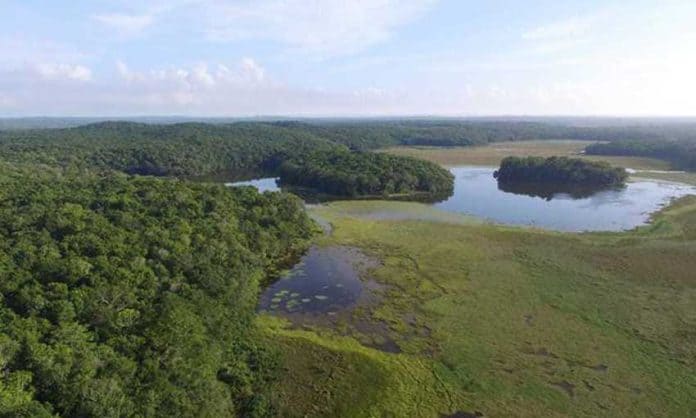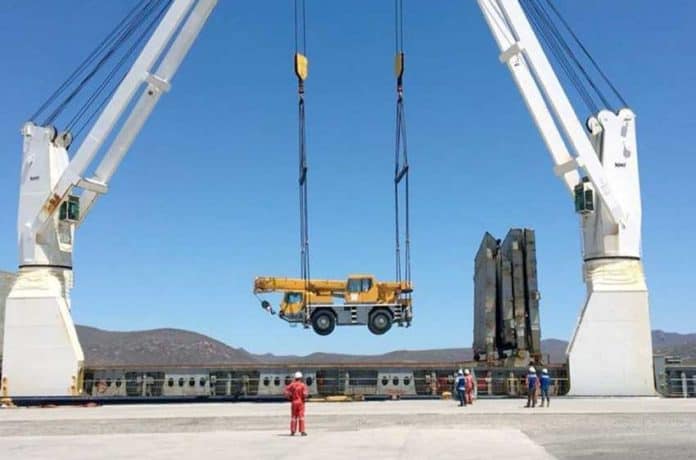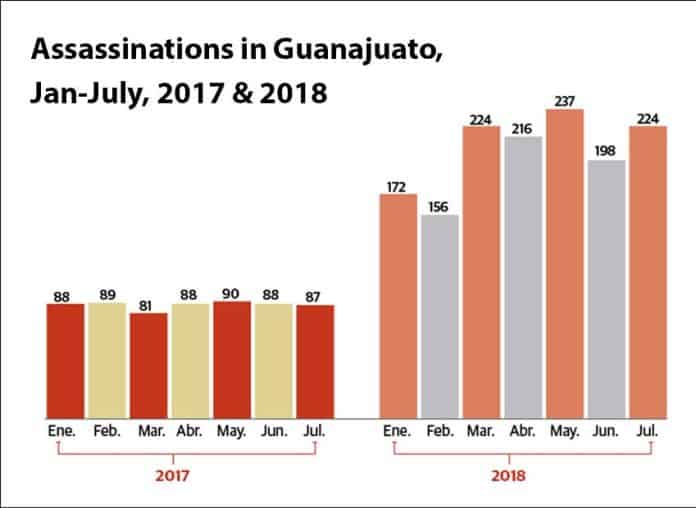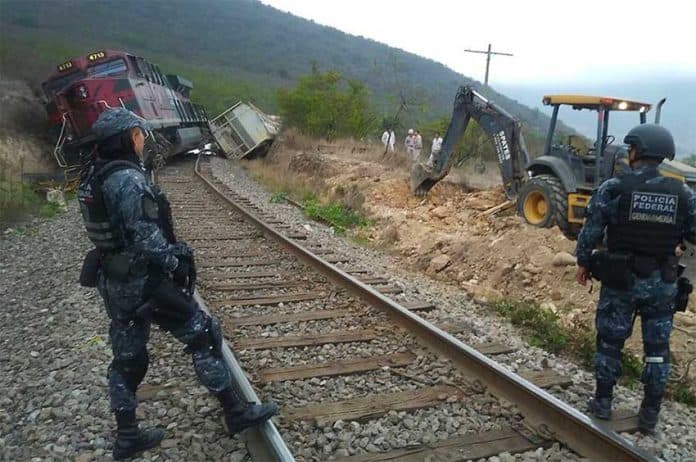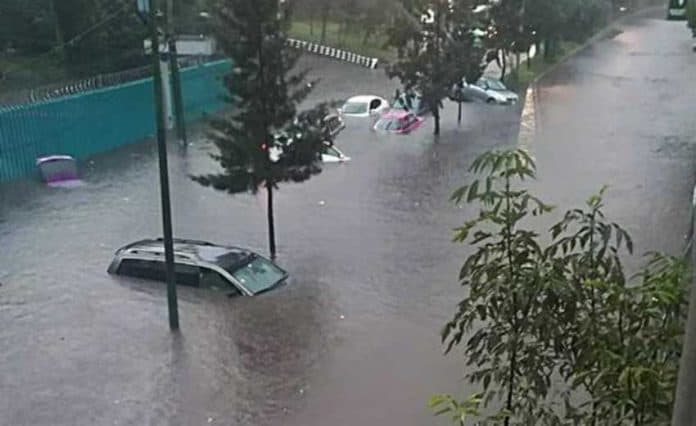We were on our way to Huilotán, a jungly ecopark located deep in a canyon just north of Guadalajara.
How the subject of lithium batteries came up, I don’t know, but we were discussing some of their disadvantages, such as the effect of aging and their occasional tendency to burst into flames. That’s when my neighbor Richard Gresham said, “Well, the batteries I work with are a lot more efficient.”
“What kind of batteries are those?” I asked, aware that Rich is a man of many talents and wide interests.
What I learned as we wound our way through the towering cliffs of the Río Santiago Canyon opened my eyes to new concepts and left me with sincere admiration for people who have learned to think outside the box.
All around the world, my neighbor pointed out, interest in solar energy is growing, but by its nature it leaves us with a certain problem: solar generates no energy at all at night. As darkness falls, people turn on their lights, switch on their TVs and are suddenly in need of vast amounts of electricity.
If the human race is ever to depend on solar power for our energy, we must find a way to store some of it for night use. What we normally think of as batteries can’t possibly store enough energy for millions of people to use at night “but,” Rich explained to me, “a kinetic-energy battery can do just that.”
Imagine you have an escarpment, a sheer cliff a kilometer high with a body of water down at the bottom. You pump that water up to a reservoir during the daytime when solar power is not only cheap, but so abundant that you actually have to pay to get rid of it.
Then, at sunset when all those people are about to switch on their lights, you allow that water to start falling back down the cliff, generating peak power exactly when you want it.
Not long after our visit to the jungle ecopark, I asked Richard Gresham to sit down and tell me more about lakes used as batteries and the future of solar energy in Mexico.
“Mexico,” he told me, “is the Saudi Arabia of solar energy. It has one of the biggest solar resources in the world and someday it could be all solar. Right now they are planning to put in almost three gigawatts of solar, which is enough for say 20 million people and one of the solar farms is already up and running 700 megawatts. A megawatt is enough energy to power 4,000 homes in Mexico.
“. . . just two years ago the Mexican government passed a law. It was the new energy law allowing private individuals or private companies to generate power and sell it into the grid. But with all this solar there’s going to come a time when there’s too much power being generated in the middle of the day. Because the highest power usage is in the evening, the best thing to do is to move that solar power to the time period when it’s needed most.”
Pumped Hydroelectric Energy Storage (PHES) has been around a long time, Gresham told me. It was first tried in the 1890s in Italy and Switzerland and is now being used in the United States, China, Japan and 17 other countries.
“This is kinetically stored energy,” he continued. “You move a weight to a higher level and it ends up as stored energy. Then when that weight drops down, the energy is released. So that is what we are doing, we are going to move water from a lake at a lower level to a lake at a much higher level via a pump. Then in the night when peak energy is needed, when everybody is cooking, we are going to let it down through generators and recoup that energy. And the same water will be used time and again. There will be no release of water. It will just go up and down between two different lakes, one a kilometer higher than the other.
I learned that the U.S. already has 30 gigawatts of pumped storage and plans to put in more. California, Gresham told me, now receives more than half its energy during the sunny daytime from solar, “but at times they have to pay to put it into the grid, so they want to move that solar to peak times, which are in the evening.”
Richard Gresham is a member of Ramm Power Group, which has found an ideal site for a PHES facility at Cañon Cascada in the Rumorosa area of Baja California, just 12 kilometers south of the U.S. border. “Rumorosa,” says Gresham, “is situated 1,200 meters above sea level and at the bottom of the mountain, just off from the town, you go to minus five meters.
“So there’s a huge difference in altitude there between two flat areas, and you have two convenient places to build your lakes. This facility will be able to operate some nine hours per day at full capacity, generating 4,000 gigawatt hours per year. Now, remember, the northern Baja grid is tied to California in the U.S.A.: they are actually part of the California market. So we can market Mexican power to California.
“This will bring home foreign currency to Mexico, because it will be operated in Mexico. This closed-loop pumped storage facility moves water up and down through a three-meter pipe, producing no emissions or effluents, so the area around the lake can readily be turned into a park. The Cañon Cascada site is located in the Sierra Juárez, just 10 kilometers north of El Trono Blanco and El Topo, two of the world’s most renowned climbing rocks.”
At present, Gresham told me, Baja California is burning bunker C fuel to produce electricity. “The cost of producing electricity using bunker C is US $0.10 a kilowatt. That’s just the cost of the fuel, not including the cost of maintenance and the big piston units needed. Solar, instead, is $0.046 a kilowatt hour. It’s less than half the cost of bunker C.
“If you also add in maintenance and other costs, solar ends up being three or four times cheaper than oil or natural gas. Since Mexico has so much sunshine, it could eventually be 90% solar with pumped storage supplying the power needed in the evening. This would allow Mexico to leapfrog the U.S.A. in terms of green energy.”
The Ramm Power Group has successfully negotiated for control of the land needed for the Cañon Cascada project and has completed a pre-feasibility study.
“We are now raising money to do the feasibility study,” says Gresham. “We are proud to be pioneers in the project to make Mexico self-sufficient in power and a world leader in green energy.”
The writer has lived near Guadalajara, Jalisco, for more than 30 years and is the author of A Guide to West Mexico’s Guachimontones and Surrounding Area and co-author of Outdoors in Western Mexico. More of his writing can be found on his website.
[soliloquy id="60014"]

